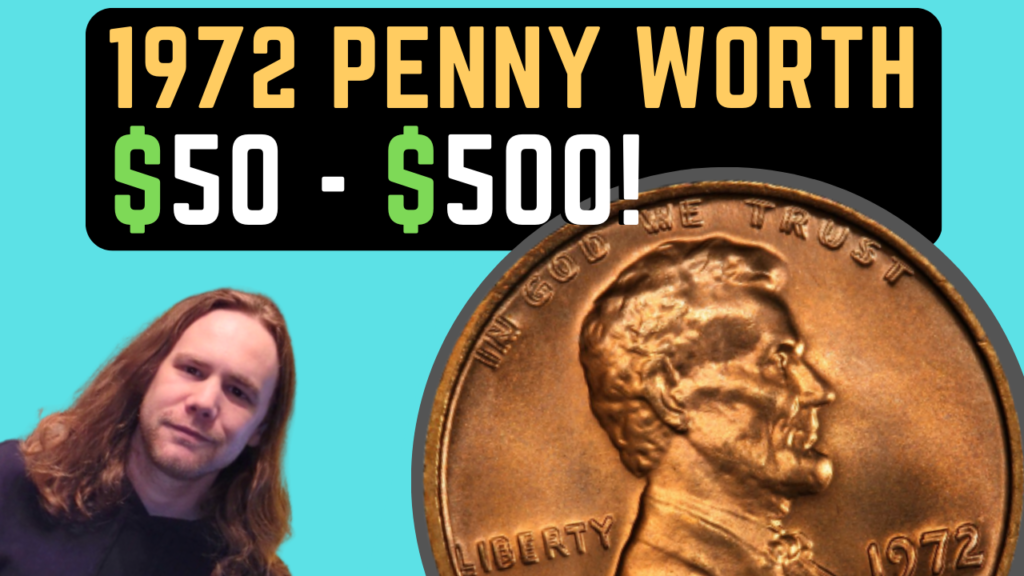A reverse proof coin is a special type of proof coin distinguished by its unique finish, where the design elements are mirror-like and the background fields are frosted—the opposite of a standard proof coin.
In a traditional proof coin, the raised parts of the design have a frosted appearance while the background is highly polished, producing a sharp contrast that emphasizes the artistry and fine detail of the design. Reverse proofs invert this contrast, creating a striking visual effect that collectors around the world prize for their novelty and beauty. Producing such coins demands extreme precision, multiple stages of die polishing, and careful striking under controlled conditions to achieve the desired visual clarity.
Despite the growing global popularity of reverse proof coins, the India Government Mint has never issued coins in this format. The primary reason lies in the objectives of the Republic India coinage system, which is fundamentally oriented toward circulation and commemorative issues rather than collector-specific variants. The India Government Mint—operating under the Security Printing and Minting Corporation of India Limited (SPMCIL) through its facilities in Mumbai, Kolkata, and Hyderabad—produces both proof and uncirculated coins for collectors, but these adhere to standard proofing conventions rather than experimental finishes like reverse proofs. The Noida Mint, in contrast, focuses solely on circulating coins and has never issued proof or uncirculated sets to date.
Economic and practical considerations also play a key role. Producing reverse proof coins requires specialized die preparation, extensive polishing, and multiple strikes per coin, all of which increase cost and production time. Since the India Government Mints already manage a heavy workload—fulfilling over 25 commemorative themes annually in addition to circulation coinage for the entire nation—dedicating resources to reverse proof production may not be feasible. Furthermore, the domestic collector market in India, though expanding, is still smaller than in countries such as the United States, Canada, or the United Kingdom, where reverse proofs are released as limited-edition collectibles for a strong and mature collector base.
Policy considerations further shape this approach. Commemorative coins in India are primarily issued to honor national figures, institutions, and historic events, serving as instruments of cultural pride rather than platforms for minting innovation. The emphasis remains on uniformity, authenticity, and accessibility, not exclusivity or novelty. As a result, while proof and uncirculated sets are available to collectors, reverse proof issues have not yet entered the India’s numismatic landscape.
In conclusion, the absence of reverse proof coinage in India stems from both practical and philosophical factors. The Indian minting system prioritizes mass production and commemorative purpose over collector-driven experimentation. Until infrastructure, policy, and market demand align, reverse proofs remain outside the nation’s minting tradition. However, as Indian numismatics evolves and collectors increasingly engage with international minting styles, the prospect of a reverse proof issue in the future cannot be dismissed—it would mark a meaningful step forward in the modernization and artistic expansion of Republic India coinage.





